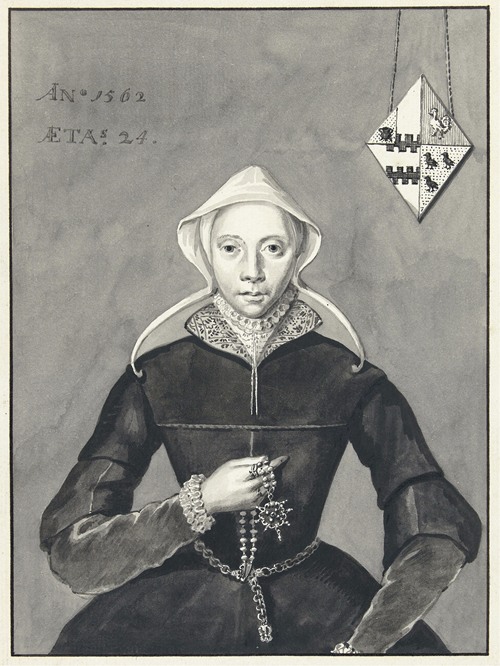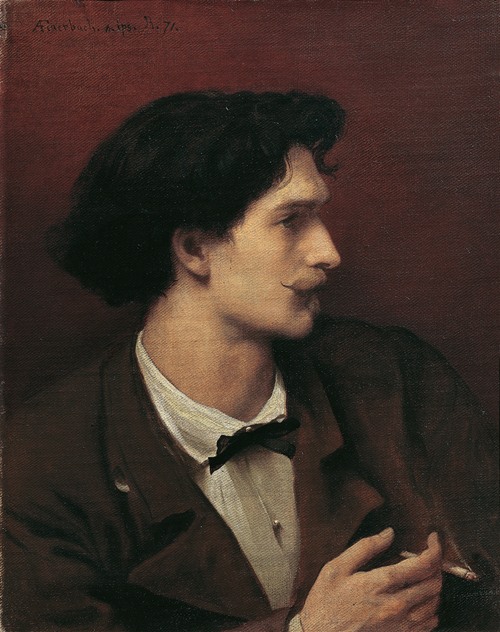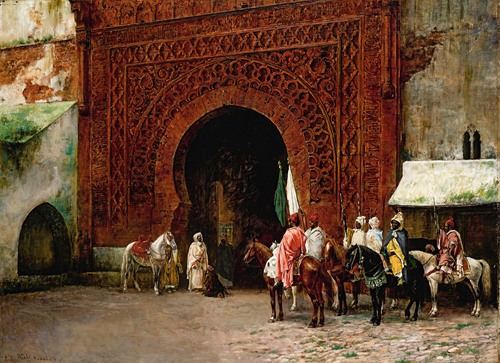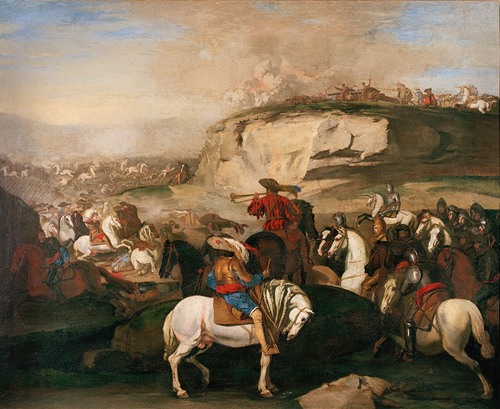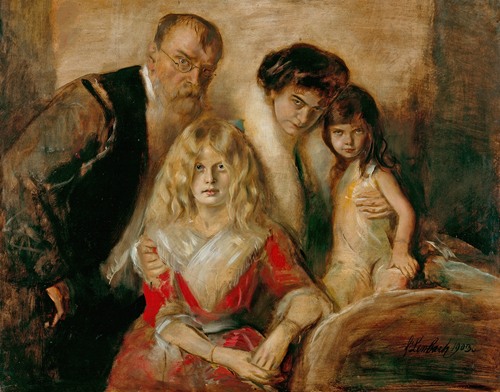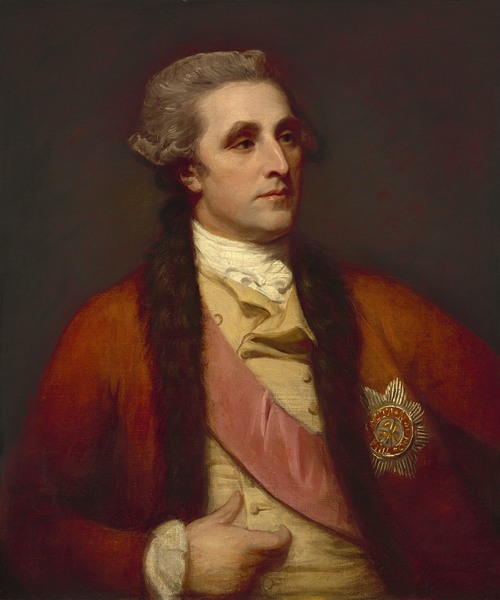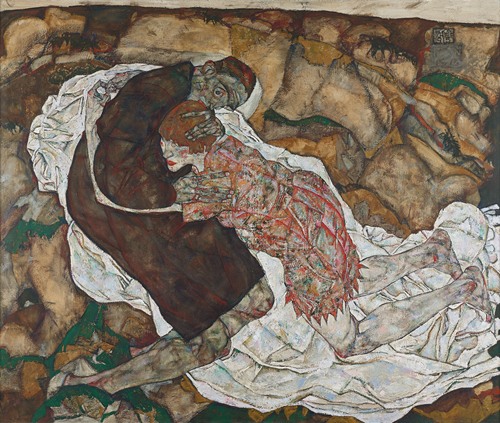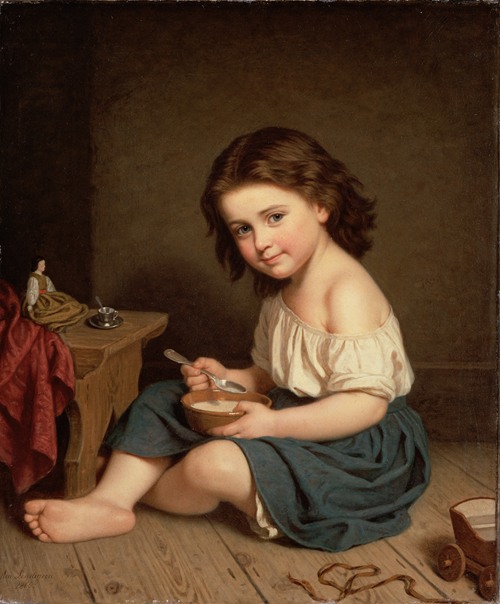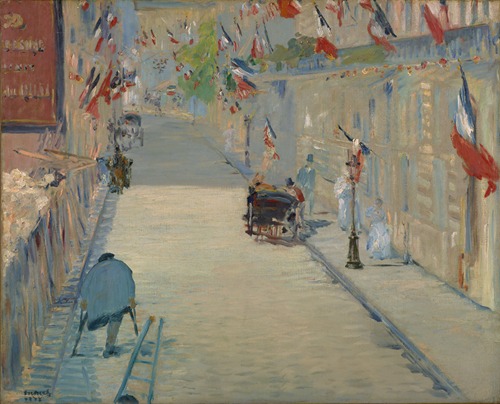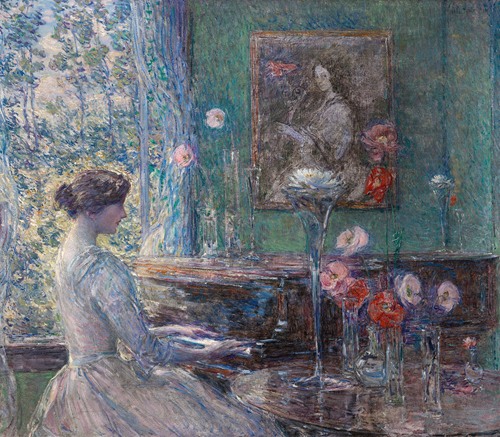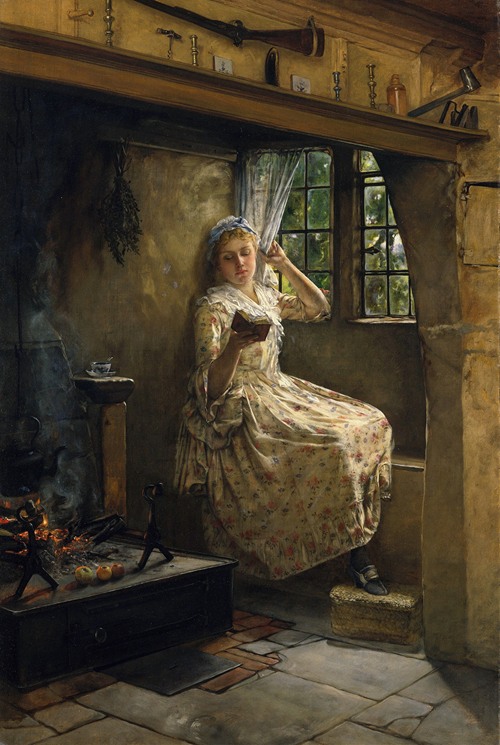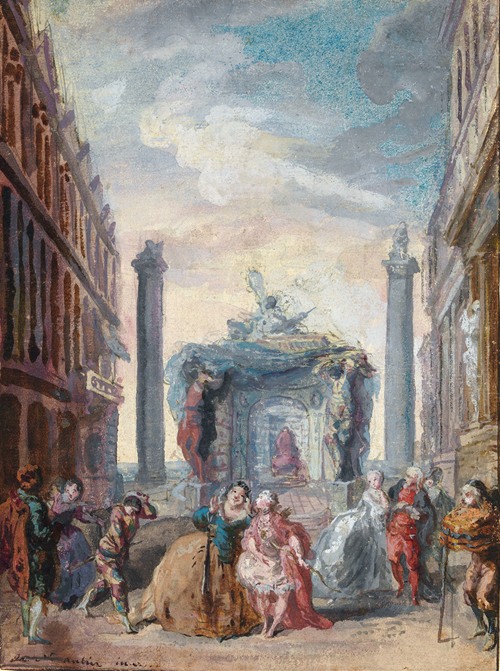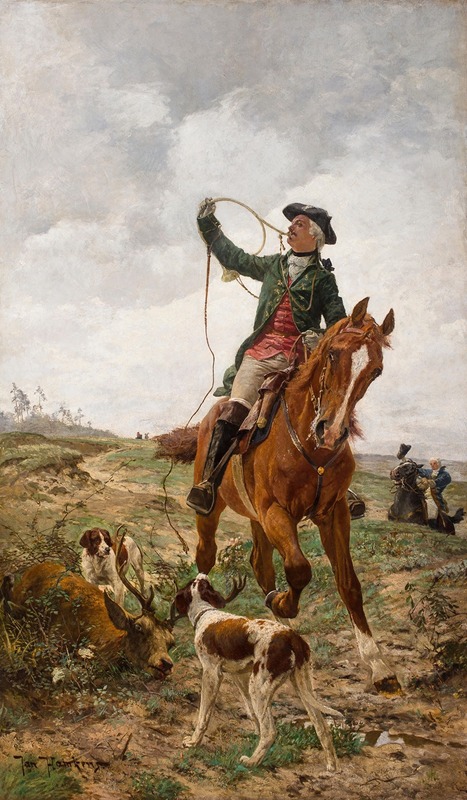

Jan Hamkens was a North Frisian painter, graphic artist and book illustrator.
Jan Hamkens was born on March 29, 1863 in the municipality of Oldenswort. He came from the old Frisian Hamkens family from the Eiderstedt landscape; his ancestor Johann Hamkens the Elder (1696-1778) was the founder of the so-called Kotzenbüller line of the family. His parents were Peter Hamkens (1822-1909), a farm owner in the small settlement of Gunsbüttel, and his second wife Maria Ketels, née Pauls (1825-1901). In 1867, the family moved to Rödemis, where Hamkens grew up with seven older siblings and a younger brother. When he later attended the grammar school in Husum, his artistic talent became apparent and was brought to the attention of the writer Hermann Allmers. Allmers, who supported Hamkens throughout his life and later referred to him as his "elective nephew", placed the seventeen-year-old at the Düsseldorf Art Academy. Hamkens enrolled there on October 10, 1880 as a student of the history painter Hugo Crola.
Two years later, Hamkens left Düsseldorf and continued his studies from April 18, 1882 at the Munich Art Academy in the "nature class". From 1886 to 1889, three further years of study followed at the Karlsruhe Art Academy. Here he came into contact with the representatives of modern landscape painting; Hermann Baisch in particular introduced him to the conception of nature of the Fontainebleau school.
Hamkens joined the Schleswig-Holstein Art Society. He painted landscapes, the sea, cityscapes and rural motifs in oil and watercolor. Some of his landscape paintings appeared as postcards in combination with poems by Theodor Storm, who came from Husum.
From 1889, Hamkens lived in Rödemis again, initially with his father at what is now Wilhelmstraße 32. His collaboration with the town of Husum became important as part of Husum's 300th anniversary celebrations in 1903, when he designed various advertising stamps, the town's official poster and a series of postcards depicting "Old Husum" and local motifs, which were published by the bookshop Dr. Delff.
He was also a sought-after illustrator for short stories and local history books - for example for the book Auf heimatlicher Erde, published in 1905. Schleswig-Holsteinische Erzählungen, published in 1905. This was followed in the next few years by commissions for the St. Marien Church in Witzwort, the Husum Rifle Guild and the Husum Ratskeller, as well as extensive restoration work on the epitaphs in the St. Pancratius Church in Oldenswort.
In his final years, the artist, who remained unmarried throughout his life, lived in the house of his brother, the medical councilor Hermann Hamkens (1860-1939) at Beselerstraße 2.
Jan Hamkens died in Husum on February 21, 1918, a few weeks before reaching the age of 55. His estate and some of his works can be found in the North Frisian Museum. Nissenhaus Husum, which honored the artist with an exhibition in 2000 and published a volume in its series entitled Jan Hamkens. The "artistic wonder boy from Husum".
